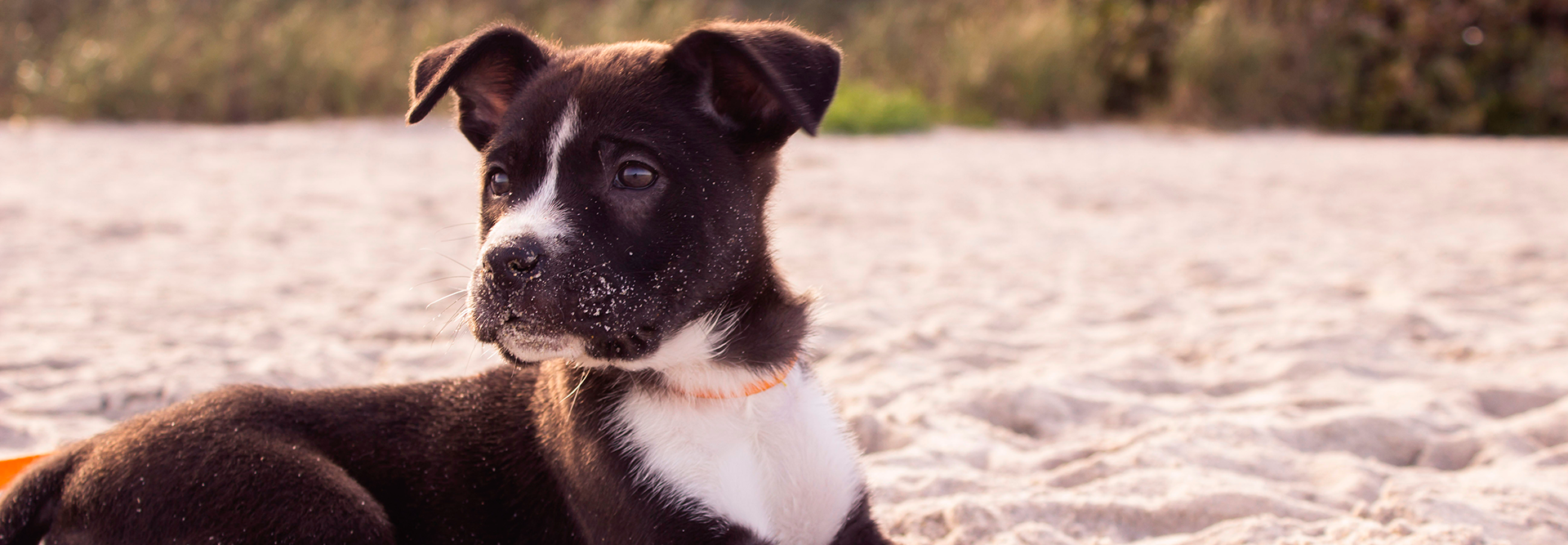
A new puppy means a lifetime of kisses, playtime, and an unbreakable friendship! You’ll love being around your adorable best friend, whether it’s taking them out for long walks or playing hide-and-seek. Along with these unforgettable moments, however, you’ll also come face to face with challenges. In a lot of ways, puppies are like babies. […]
A new puppy means a lifetime of kisses, playtime, and an unbreakable friendship! You’ll love being around your adorable best friend, whether it’s taking them out for long walks or playing hide-and-seek.
Along with these unforgettable moments, however, you’ll also come face to face with challenges. In a lot of ways, puppies are like babies.
Literally.
Puppies solely depend on you for their happiness and wellbeing. They need you to feed, play, and bathe with them as often as possible. At some point, you may also face typical puppy behavior like whining, biting, chewing, and jumping. These behaviors can become problematic if your new puppy isn’t trained.
If you’re searching for advice on how to take care of your puppy, you’ve come to the right place. In this blog, we’ve compiled a list of useful tips for new puppy parents. Let’s give each a look!
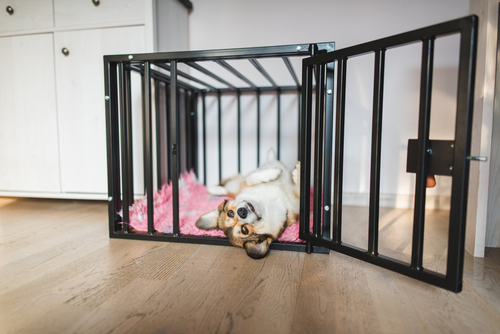
Of all the puppy products you can get for your new puppy, a dog crate should be number one on your list. A crate can become your pup’s official resting spot, especially if you place a soft pillow or blanket inside.
It can also use a crate for training purposes too. Crate training a new puppy is a simple process that requires patience and understanding. The more you use your puppy’s crate for potty and house training reasons, the more likely they’ll view their crate as their perfect resting spot.
Although it may not seem like it, crate training is an essential piece of your puppy’s overall training needs since it helps you reinforce your house rules. You may feel that your puppy will get lonely or scared inside their crate, but that’s never the case!
Instead, dog crates be a place of comfort for your fur-baby. How? Well, canines are den animals so they feel most comfortable within a small, warm spot where they can rest.
Think of it as a personal space where your furry bestie can be themselves. When buying a crate, be sure to consider several factors, like the size of your puppy and its age.
The crate should not be too large or too small. If you would like more information on choosing a crate, read our blog, 5 Best Dog Crates for Puppies.
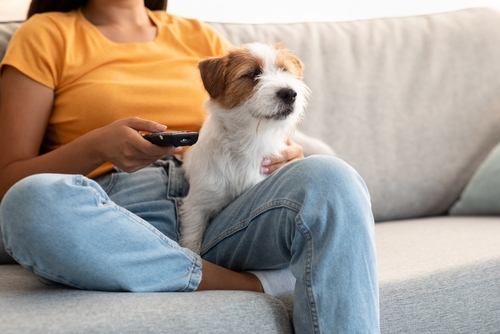
Puppies are curious little creatures. They love to explore their surroundings, especially their new home. Of course, they don’t understand the dangers that lie around while they venture inside rooms.
They may get into all sorts of trouble when they stick their heads in a garbage bag for a snack or chew on furniture. These “little” activities can lead to a big mess or a serious tummy ache.
Keep this rule in your mind and heart: If you cannot watch your puppy while they’re off on their little adventures, place them inside of their crate or in a safe area with gates.
Puppies often engage in mischievous behavior out of boredom. To learn more about how you can relieve your fur-baby’s boredom, check out our blog, 10 Ways to Relieve Your Puppy’s Boredom.
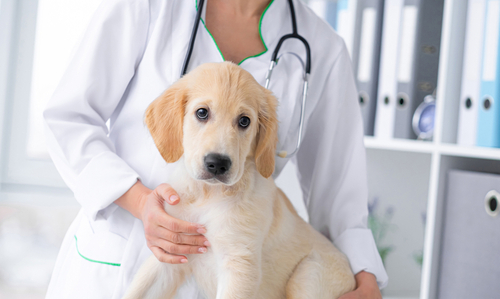
Even if your puppy doesn’t look sick, make sure to set up an appointment with your vet. Your veterinarian will be a key professional in the life of your little furry bestie so it’s important to start visits early.
Seeing your vet regularly also helps your pup grow accustomed to physical exams and handling. Your fur-baby’s first vet visit is a crucial step in keeping them healthy for years to come.
While at the vet, your puppy first will likely undergo a physical exam, which will evaluate your pup’s health and appearance. Your vet will also let you know about your puppy’s health and how you can best take care of them.
Here is a handy first vet visit checklist to ensure you know what to expect on your trip to the vet:
And if you hadn’t guessed it yet, vet visits are scary for new puppies! Bring some treats and speak to your pup in a soft voice to soothe their nerves.
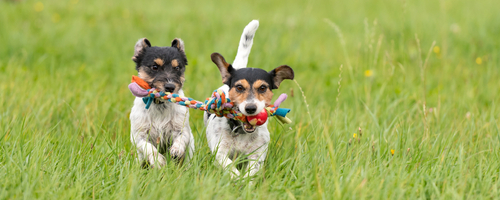
Many puppies have a short attention span, which makes training almost impossible. You may even think about giving up or consider training when your puppy gets older.
However, training your puppy when they’re older is a recipe for disaster.
We highly recommend starting your puppy’s training as early as possible. If you and your puppy have trouble getting into the groove of training, make it fun! There are many fun puppy training games you can play with your furbaby that also help with training, such as:
Training your new puppy comes with its challenges. Sometimes, out of frustration or exhaustion, we may end up sending mixed signals to our fur-babies. This can confuse them or cause them to learn the wrong behaviors.
Avoid these 4 common puppy training mistakes so that you and your furry friend are always on the same page!
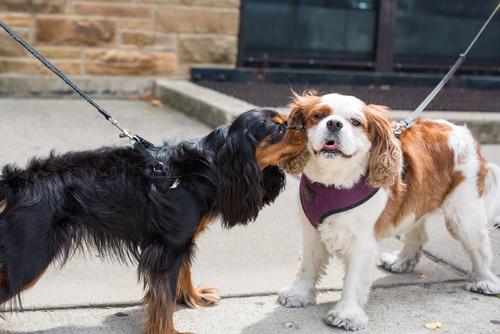
Puppy socialization is a key part of your puppy’s early years. We cannot overemphasize the importance of socializing your furry friend enough.
When you socialize your puppy, you don’t only teach them how to behave around others. You also show them how to handle different situations they’ll face throughout their life. This prevents aggression, fear, and other negative behaviors.
Here’s a full puppy socialization checklist to help you expose your puppy to many new things:
Do not throw your puppy into socialization or they will become scared. Instead, introduce new experiences slowly.
For example, you can take your fur-baby to the dog park. You can also bring a friend over and have them play with your pup. Your puppy should never feel stressed or scared during socialization.
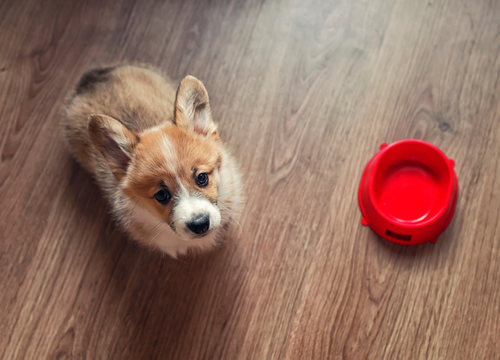
Eating is important but only during the right times of the day. Remove your puppy’s bowl once they’ve finished their meal. This teaches your puppy that there’s a feeding routine so they don’t get used to nibbling food all day. You can leave your furbaby’s water bowl near them.
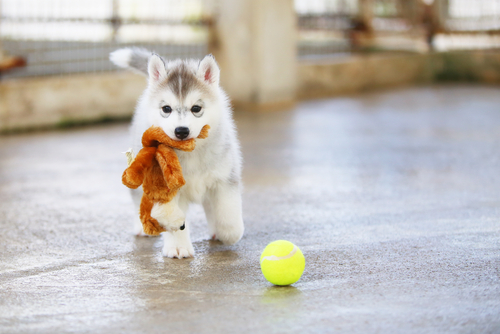
Toys are a must-have puppy supply. Toys are great for training and engaging your puppy in playtime. Before you head to the store, be sure to consider your puppy’s age, size, and activity level.
For example, if your puppy is teething, there are 10 amazing toys for teething puppies that help soothe their pain. You should also buy all kinds of dog toys to see what kind your puppy likes best.
When playing or training, only give your puppy 2 or 3 toys at a time. This keeps your pup interested in what they’re doing.
If you aren’t sure how to pick the best toy for your puppy, our blog, How to Choose the Right Toys for Your Dog can definitely help out!
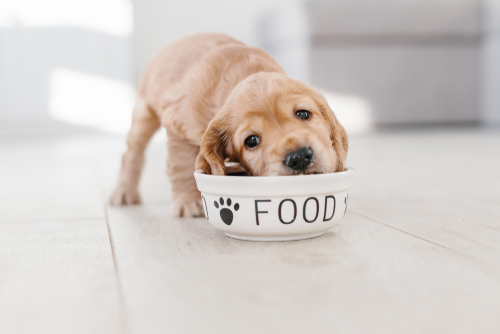
Nutrition is super important, especially with puppies. Puppies must have the right balance of nutrients and minerals so they can grow into healthy adult dogs. Check the label on your pup’s dog food to see what ingredients it has.
Dog food should not be high in salt, sugar, or fats. Depending on their age, they will also need different amounts of calories. So you should also check the dog food label to see if it’s the best for your puppy.
As your puppy matures, you should only feed them 2 to 3 meals per day. And avoid leaving the food out on the floor. Maintaining a consistent feeding schedule allows your puppy to stay healthy and practice good eating habits.
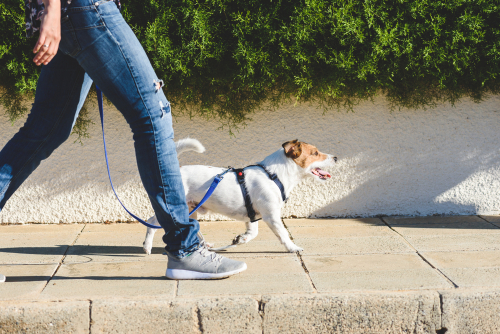
Remember to teach your puppy how to properly walk with you outside. Some puppies will try to pull on their leash or refuse to walk at all.
It’s better to train your puppy to walk obediently with their leash on. You can try the same methods as with other training exercises.
Use a treat and say the command before your furry friend performs it. We recommend trying leash training inside the house first before moving outdoors.
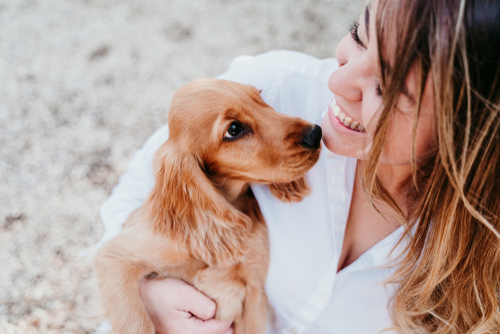
Don’t freak out if you mess up. Accidents can happen at any time. As long as your puppy isn’t hurt or scared, you shouldn’t worry too much. Always be patient and understanding with your pup.
A puppy is learning and exploring the world around them. It may take a couple of tries before your puppy “gets” what the house rules are when they’re supposed to eat, or where to use the potty.
Take each day with your puppy as another chance to bond with them, even if there are a few oopsies here and there!
While you spend time with your furry friend, your puppy is also learning and getting to know you. They may take a while to completely warm up to you—and that’s ok!
What’s important is that you continue to play and care for them every step of the way. In time, the two of you will be the best of friends!
Read our blog, Top 6 New Puppy Parent Questions to answer any typical questions you may have about puppy care!